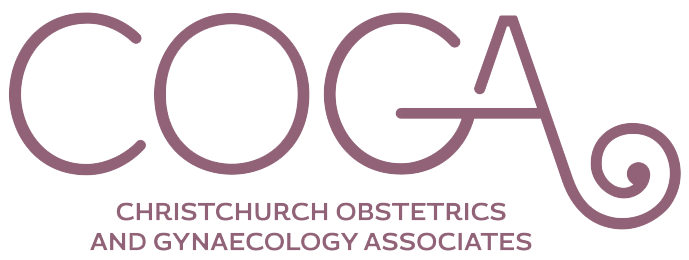Vasectomy and sterilisation reversal
For those who wish to restore the possibility of growing their family after a vasectomy or sterilisation, we can offer the reversal of both procedures.
Vasectomy reversal
Known in medical terms as a vasovasostomy (try saying that one ten times fast), this procedure uses micro-surgical techniques to reconnect the vas deferens, the tube that transports sperm from the testicles.
Two incisions are made in the scrotum and the ends of the vas tube are stitched back together using magnification and precision stitching.
Unlike the vasectomy, which is carried out in just 30 minutes under local anaesthetic, the vasovasostomy requires a general aesthetic and can take between 2 and 4 hours to complete.
Most patients are able to return home on the day of the procedure, but they must have someone drive them. You must not drive or operate machinery within 24 hours of having the surgery.
- Things to consider with vasectomy reversal
While a vasovasostomy can restore your ability to achieve a pregnancy, there is no guarantee that it will result in conception. The most successful results come from reversals of vasectomies that occurred less than three years prior, with a sliding scale of success as time goes on.
A landmark study on vasectomy reversals showed these results, based on the amount of time that has passed between vasectomy and reversal:
- Less than 3 years – 75% achieved a pregnancy.
- 3-8 years – 50% achieved a pregnancy.
- 9-14 years – 40% achieved a pregnancy.
- More than 14 years – 30% achieved a pregnancy.
To test the success of the procedure, a sperm count will be offered five weeks later. This is also around the time of your follow up appointment, during which your doctor will check that all is well and healed correctly.
About Dr Greg Phillipson
Sterilisation reversal
Known colloquially as ‘having your tubes tied’ or more formally as a tubal ligation, the female sterilisation procedure involves closing the fallopian tubes so that sperm cannot get through to the uterus. This is done using keyhole surgery (a laparoscopy).
The reversal procedure is done in much the same way and involves reattaching the remains of the tubes to the uterus with precision stitches. This generally has about an 80% success rate but some complications have been known to occur, such as a higher risk of ectopic pregnancy. The success and risk involved will be related to the patient’s age, health factors and also the condition of the tubes. Some sterilisation procedures involve removing the tubes altogether, making reversal impossible.
The doctors at COGA can consult around determining whether these procedures are right for you, and also have broad surgical experience in reversing these procedures, which can be carried out in the comfort of a private hospital.
Post-reversal consultation
If the reversal procedure does not result in pregnancy after a year, your doctor can investigate the cause of this and offer treatments and next steps in your fertility journey.
Find out more about how we can help people experiencing fertility delay.
Read more →
Our gynaecologists are among the most experienced vasectomy and sterilisation specialists in Christchurch.

Make an appointment
Get the care and advice you deserve. Call, email, or fill in our form to see one of our leading women’s health specialists.




